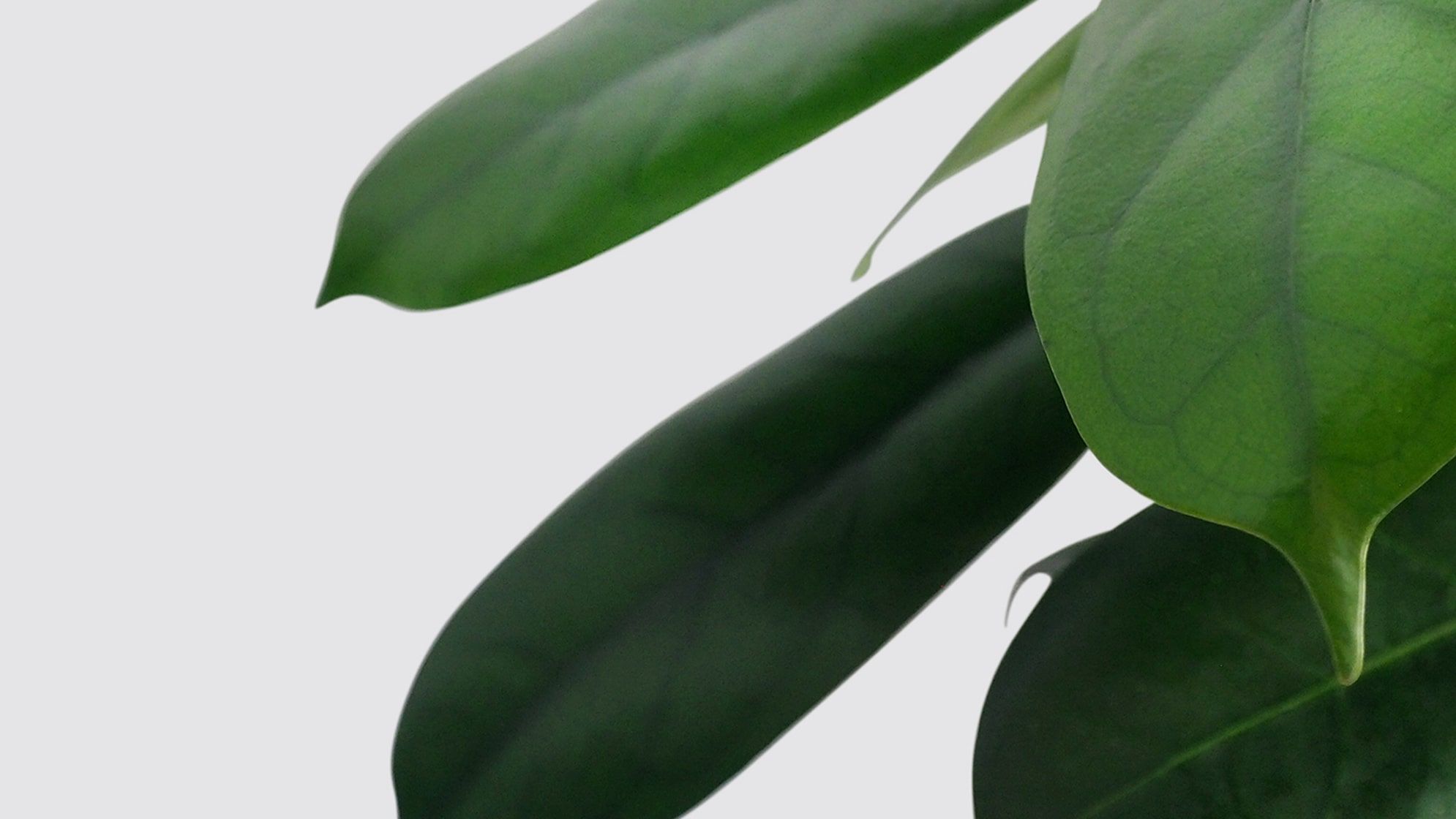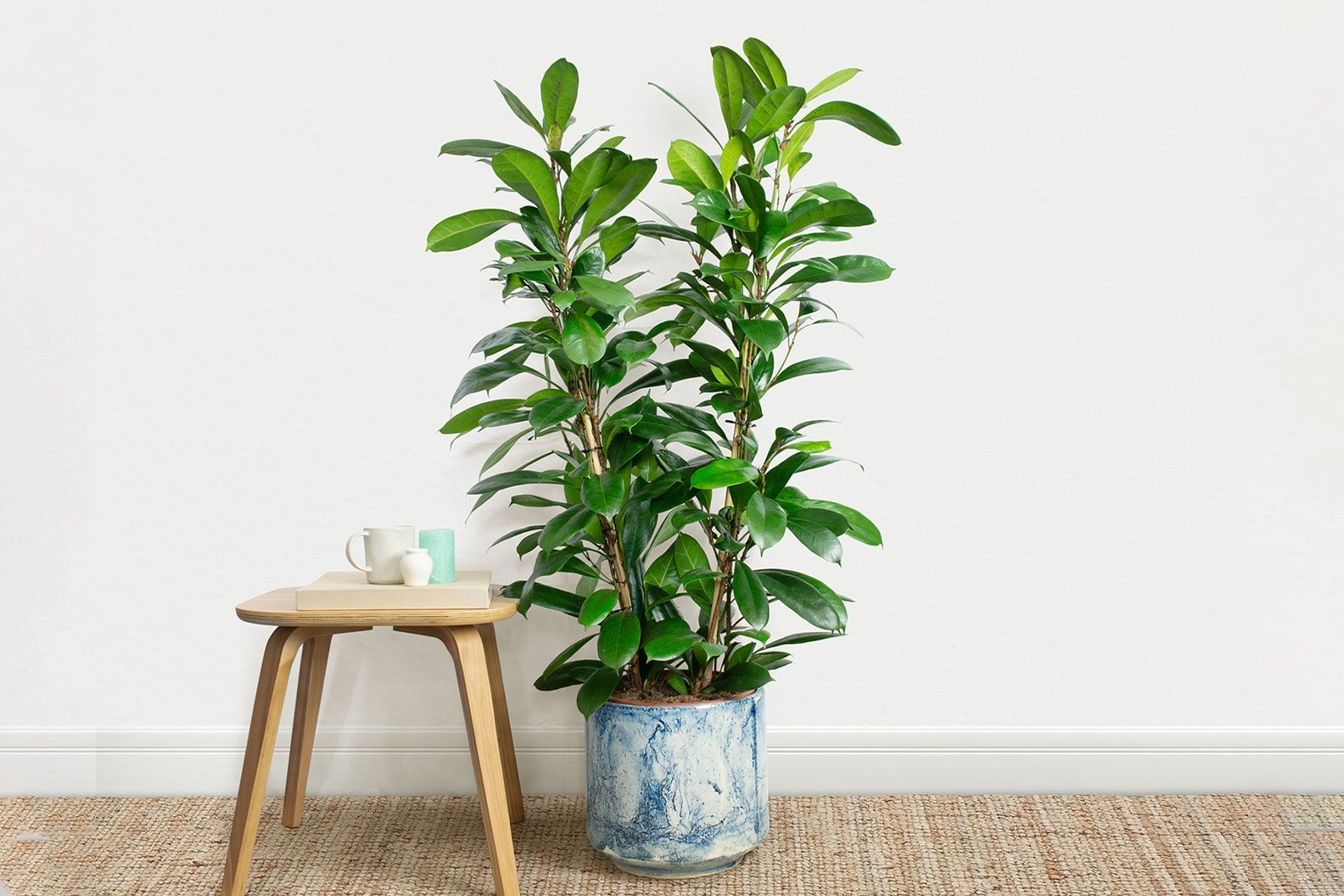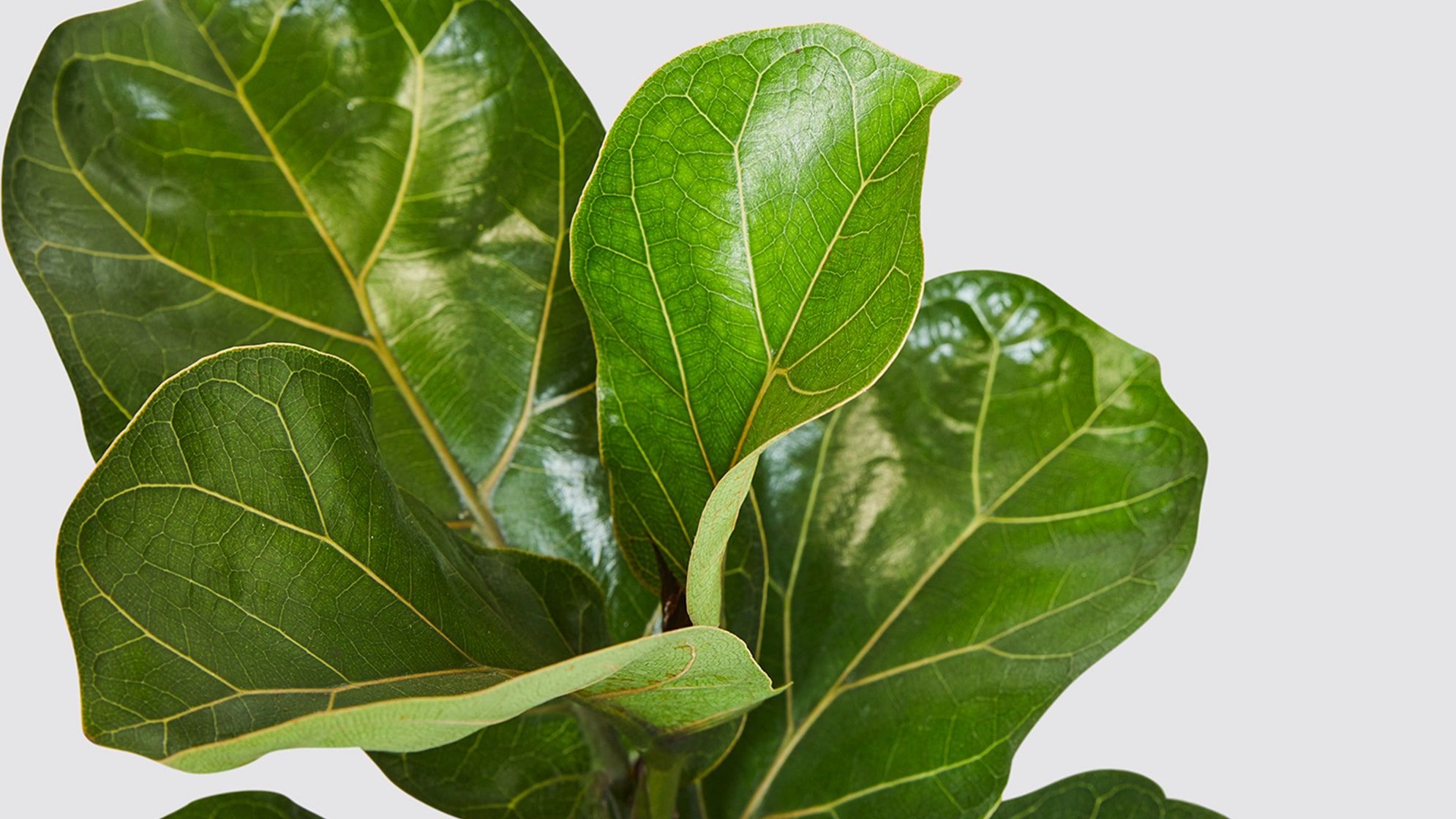Complete guide to African fig care
Low-effort, gorgeous glossy leaves make the African fig a fabulous houseplant.

African figs, also known as ficus cyathistipula, are native to tropical West Africa and are popular houseplants due to their lush, glossy leaves. African figs are low-maintenance plants, but do require certain care to thrive. Here's how:
- An African fig will be happy in most light conditions
- Keep the soil slightly moist and water when the top two inches feel dry
- Feed with a diluted fertiliser once or twice a month in warmer months
About African figs
Native to the tropical forest regions of Africa, the African fig is actually a member of the mulberry family. Often found on the banks of rivers or swamp lands, this plant prefers slightly moist soil and bright indirect light - but it’s much more tolerant to low light conditions than other ficus plants. Cynthia, our African fig, has very simple needs. Just watch out for the latex in her leaves - this is poisonous, so be careful with small children and pets.

How often should I water my African fig?
African figs prefer evenly moist soil, but should not be overwatered. Make sure to let the soil dry out between waterings. Water your African fig with lukewarm water to prevent shock.
How much light does my African fig need?
African figs prefer bright, indirect light. If the light is too low, the leaves may become yellow or drop off. Try to avoid direct sunlight as the leaves may burn.

What's the best temperature and humidity for my African fig?
African figs prefer warm, humid environments. Keep the temperature between 18-24°C and the humidity between 40-60%. Give your African fig a spritz with a mister and use a damp cloth to keep the leaves clean.
Should I fertilise my African fig?
African figs should be fertilised every two weeks during spring and summer (their growing season) with a balanced fertiliser. This will help your plant grow even more quickly.
Do I need to prune my African fig?
African figs grow quickly, so to keep your African fig in its desired shape or size, pruning may be necessary. Use sharp, sterilised pruning shears to remove any dead or damaged leaves. Be careful when handling the leaves as the sticky latex in the sap is poisonous, so it might be a good idea to wear gloves.

When should I repot my African fig?
African figs should be repotted every two to three years to make sure that the roots have enough space to grow. You can learn more about repotting here.
Common African fig pests
African figs are prone to pests like mealybugs and spider mites. To stop infestations in their tracks, regularly check the plant for signs of pests and treat with an insecticidal soap if necessary. Keep the leaves clean by wiping them with a damp cloth.
Rewild your inbox
Plant tips. Special offers. No spam.
You might like

Complete guide to fiddle-leaf fig care
Once a trend, now an icon

Complete guide to money tree care
This plant is rich in personality

Create a stylish Japanese-inspired home with plants
Keep it green and serene.
